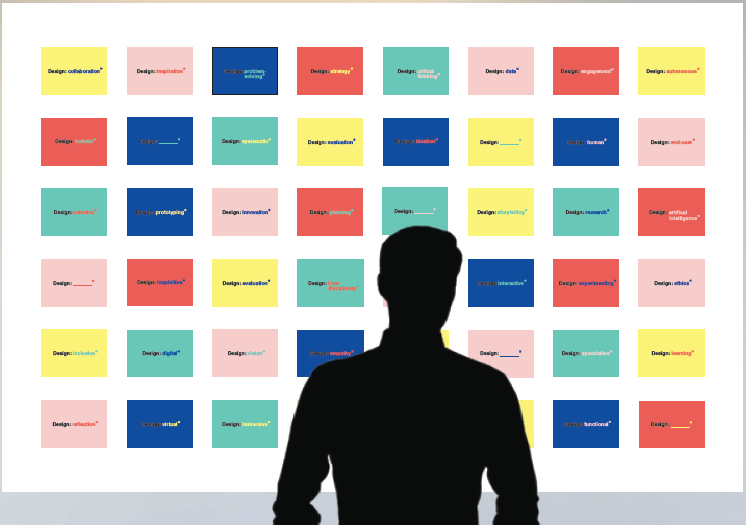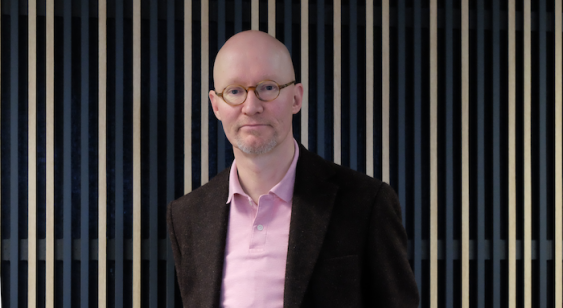UNSW to scale up grads with focus on user-design
UNSW Sydney will educate an unprecedented number of students in user-centred product development and engineering.
UNSW Sydney will educate an unprecedented number of students in user-centred product development and engineering.

UNSW Sydney has today opened a new design centre to boost the number of Australia’s job-ready graduates who understand the role of user-focused design in product development.
Design Next will enable cross-faculty research and education, with an emphasis on designed-based learning. It’s expected to break down discipline silos across the University to boost innovation on an unprecedented scale.
The new centre is one of Asia Pacific’s first collaborative design centres. It has been created to help meet the high demand for graduates who think critically and have an appreciation for all aspects of product innovation, across engineering, design and business. Students from the faculties of Art & Design, Built Environment, Business and Engineering will take courses through the new centre from next year, working on projects in cross-disciplinary teams and with industry partners. The scale is unprecedented with more than 5000 students already enrolled.
An example is the UNSW Piaggio Lab, which is a course for Art & Design and Mechanical Engineering students to design and prototype concepts for the next generation Vespa scooter. Piaggio provides scooters and parts, and students get a brief that’s identical to one they would be given in the workplace.
The pioneering Design Next space will ensure UNSW students are keeping pace with the growing need for well-designed, user-friendly products with a seamless interface between humans and machines. The advancements in consumer technologies mean the successful translation of new ideas into viable products relies on excellent design now more than ever.
UNSW Dean of Engineering Professor Mark Hoffman believes Design Next will be a gamechanger for Australia in terms of graduates’ understanding of the importance of the design discipline and the scale at which it’s being offered.
'This is a profound shift that will add a major human element to technology creation.'- Professor Mark Hoffman, Dean of UNSW Engineering
“Until now, the only students who have truly experienced education in cross-disciplinary design are students in some design schools, but there are so few graduates nation-wide. Design Next is expected to increase the number of UNSW graduates with both technological and design expertise to over 4000 a year, which has never been done to this extent in Australia, or possibly anywhere in the world,” Professor Hoffman said.
“This is a profound shift that will add a major human element to technology creation in Australia as these students join the workforce.”

Professor Ilpo Koskinen
Design Next is headed up by Finnish industrial design expert Professor Ilpo Koskinen. He said that industry was crying out for people with the capability to create intuitive and appealing interfaces between people and technology.
“Engineers are good at creating technology but of course technology needs to have a purpose and it has to be easy to use,” Professor Koskinen said.
“By teaching students to be more creative and technically sound through design, we will produce better innovators. This is critical to Australia remaining competitive internationally.”